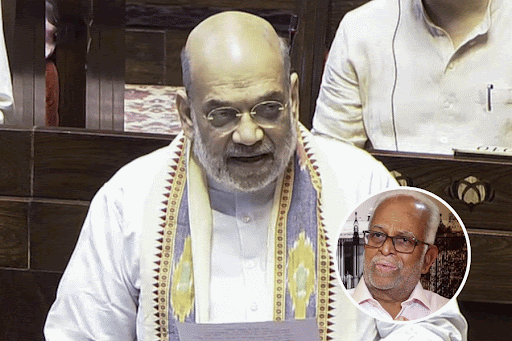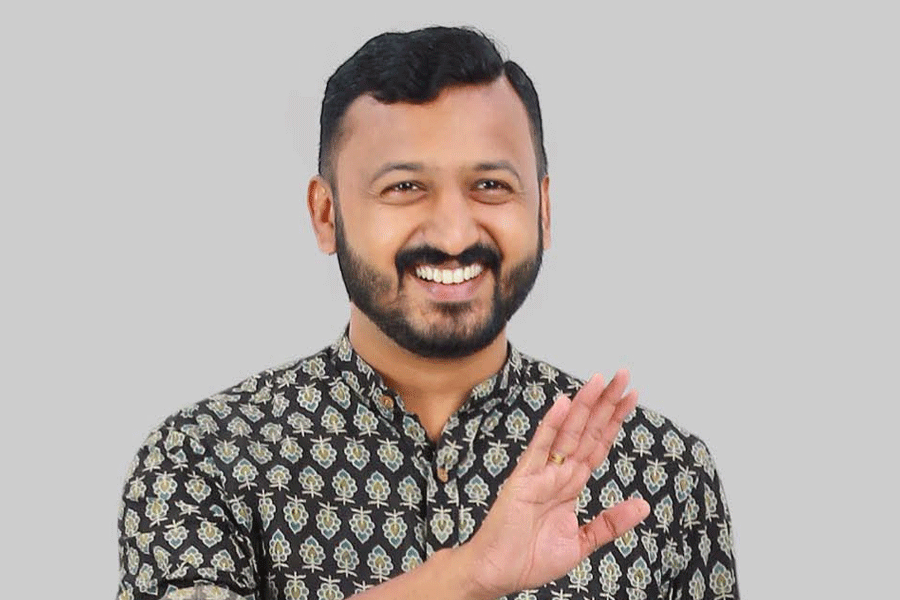 |
| File picture of Plus Two students at an examination centre in Bhubaneswar |
Bhubaneswar, May 5: Plus Two results will be announced around the last week of May, sources in the Council of Higher Secondary Education said.
“Evaluation is still on and we cannot specify the date, but it will be over soon,” chairman of the council Basudeb Chhatoi said.
To ensure that the preparation of results remains error-free, the council is taking extra care in the evaluation process. The council is extra cautious after goof-up marred matric results this year. Evaluators have been asked to be extremely careful while checking the answer papers to avoid errors.
The decision to postpone the proposed e-evaluation of Plus Two papers has saved the council from a lot of embarrassment, an official said.
The higher education department had suggested that the council should adopt e-evaluation, which is an on-screen marking solution, in keeping with the process practised by the Central Board of Secondary Education (CBSE). The process would have entailed getting the answer sheets scanned and put on screen for evaluation.
However, the council did not accept the proposal this time as it feared delay in the publication of results.
“The department of school and mass education introduced the new system and announced the results in a hurry. What has followed should be a lesson to all of us. Besides, the huge number of evaluation related complaints, agitated parents and students have tried to attack the offices and the staff. It is unfortunate,” said Narottam Pradhan, a council official.
“The e-evaluation system should be launched only when our teachers are well trained and proficient in the system. The right decision has saved the council from a lot of embarrassment,” said Debaprasad Khatua, another official.
The Plus two examinations began on May 3. More than 3.24 lakh examinees took the test held at 1,080 exam centres across the state. For the first time, the examinees were provided a 32-page stitched answer paper.
Besides stitched answer papers, the council had this year introduced increased number of objective questions and four separate sets of question papers in order to prevent malpractice through prompting.










